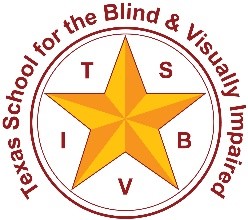Bodily Emotional Traces (BET)
Question: How does emotion aid in the co-construction of language for the child who is deafblind? How do we make use of these bodily emotional traces to share an experience with the child?
Bodily Emotional Traces (BET) are emotional memories imprinted in our bodies. The traces of these memories can be expressed later through bodily movements that represent the original emotional imprint left by the event.
A person might repeat a movement or touch a part of their body that was associated with their emotional tactile experience. For example, a deafblind child touches their head as they recall where dad likes to rub with his hand when they rough house.
When a child who is congenitally deafblind encounters something new, this event is most often experienced as a tactile bodily sensation. As the child wonders and reflects on this new experience, her inner voice might momentarily be expressed outwardly through bodily expressions and movement.
The Coffee Shop
Observation is so important to understanding and co-creating language with a child who is deafblind. Paul Hart shares a wonderful story where he and his staff tried to figure out what a young woman was recalling with a particular movement she would repeat at the coffee shop.

There’s a young woman who I know in Scotland — she went to the cafe most Wednesdays and myself and another colleague took her to this cafe. We had hours and hours of video footage of different trips to the cafe because we were trying to watch language grow from her and how it happened. But one staff member said, “I don’t know what she means when she places her hand like this in my hand. So, she’ll look for my hand and she puts her hand down with that movement and we don’t really know what it means.”
Deafblind Interaction Menu
Cultural Language of Congenitally Deafblind

